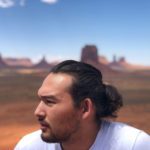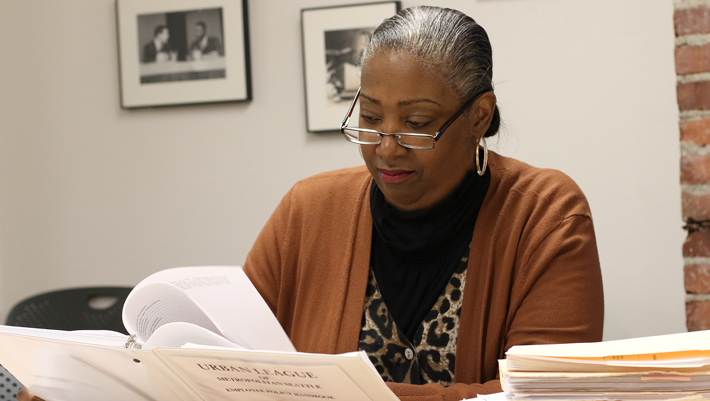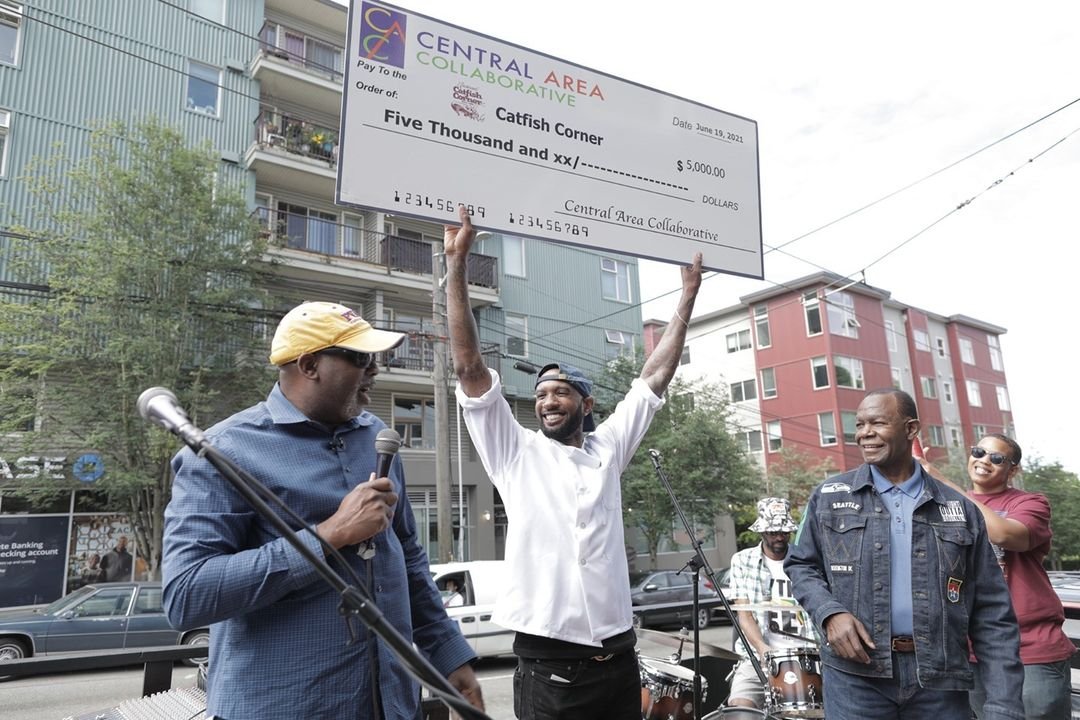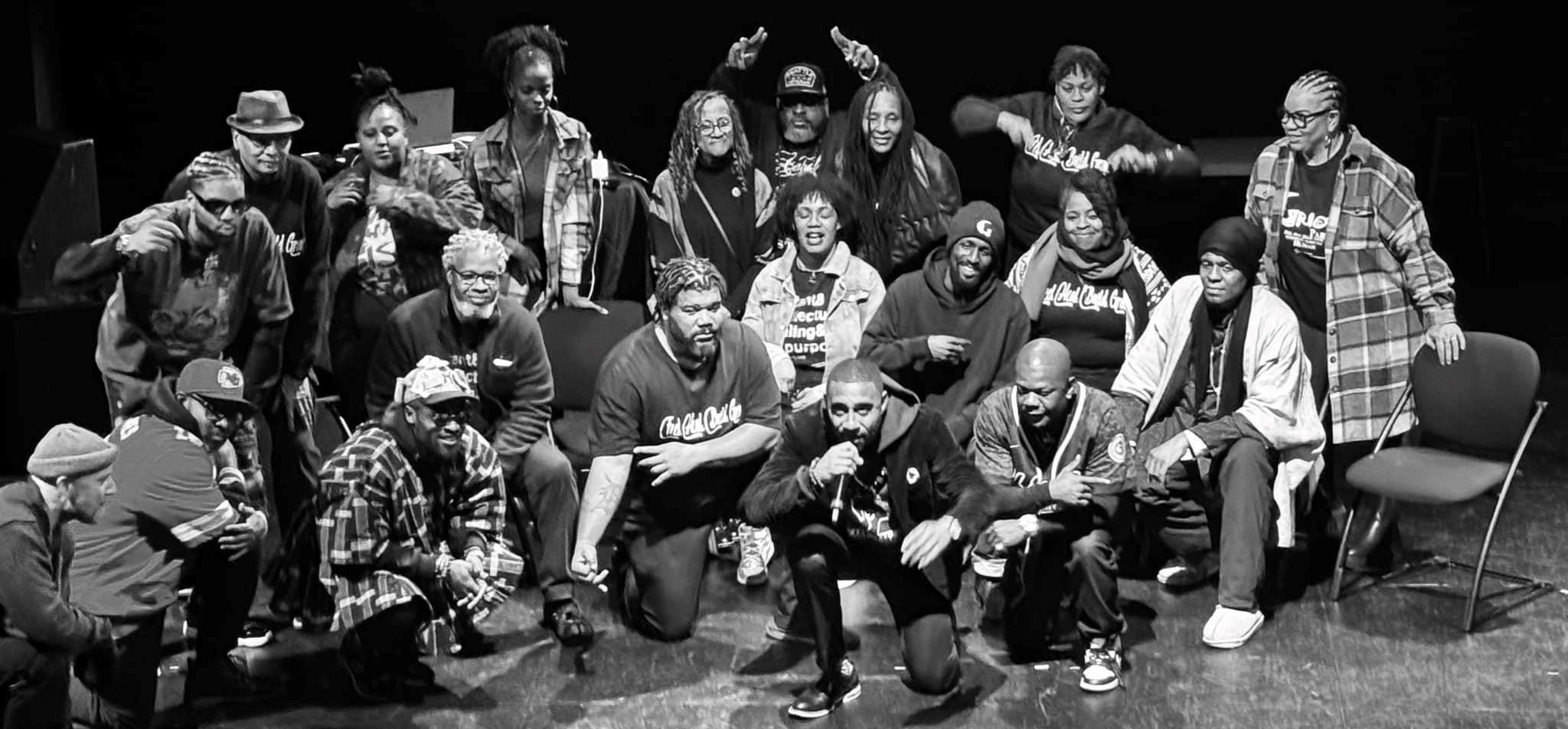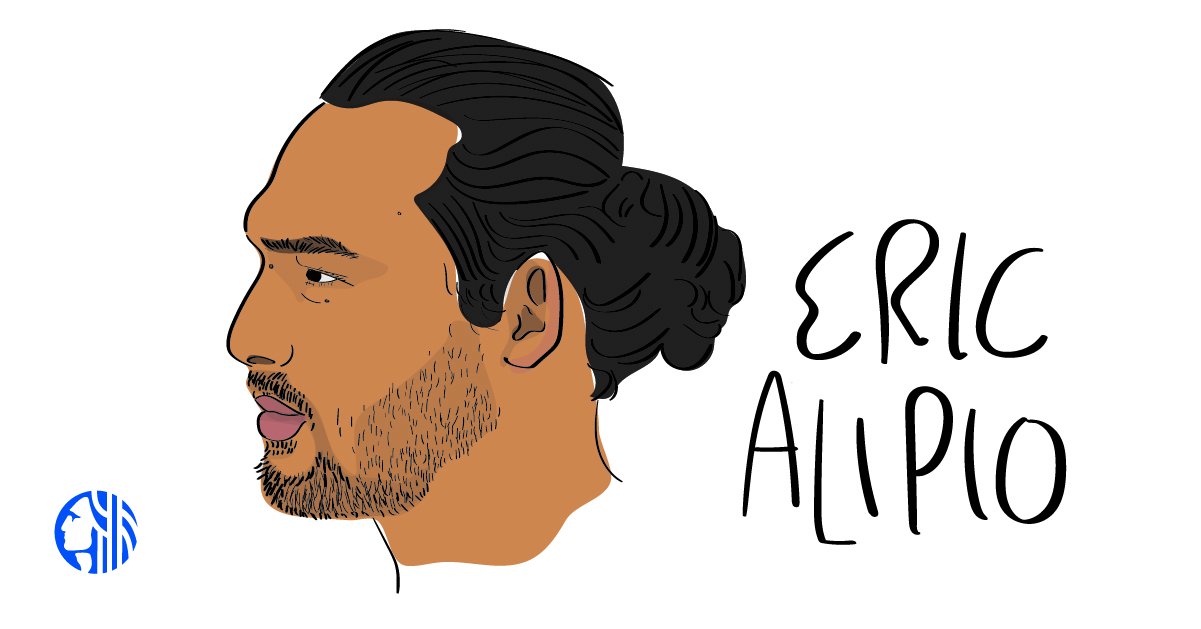
In celebration of Native American Heritage Month, we are hosting a series of profiles and stories to amplify and honor people, businesses, organizations, stories, and projects connected to Seattle’s Indigenous community.
Makings of a ‘Real Indian’: Reflections In Anticipation of Native American Heritage Month
by Eric Alipio
I was recently asked the question, “What is a ‘real Indian?’ Are you a ‘real Indian?’” Much to my chagrin, this wasn’t the first time I’ve been asked who’s Indian and who’s not. And I’m sure it won’t be the last time I’m put in that uncomfortable position. With all the earnestness in their hearts to understand, I know the people who ask these questions generally aren’t meaning to strike a deep and fresh wound. But many of us continually ponder this question internally – “am I really Indian?” This is an endless and tiring pursuit of performing and persuading both ourselves and those who we surround ourselves with that we are enough. It’s a cyclical pursuit that this rudimentary question brings to the forefront of our attention. Many of us, however, are fast to crack back, “What is a ‘real Indian?’ Well, you’re looking at one – the realest of them all! I’m a descendant of Manuelito! Of Sitting Bull! Of Tecumseh! Of Sacagawea! Of Seattle! Of them all!” They’re mostly pulling your leg – mostly. I know both these kinds of Indians – Indians, Natives, Native Americans, Indigenous peoples. I know the Natives who bounce back and forth and live somewhere in the middle of both these mindsets. We all have our own opinions of what or who is a ‘real Indian.’
– –
On my mother’s side, I come from the Diné of the Southwest. But even she wouldn’t say we’re ‘Indians.’ She hates that word. She tells my sister and I that we are Diné, and only that stupid and hateful colonizer Columbus would mistake all of us on this continent for being Indian. And so, I grew up averse to saying and being referred to as ‘Indian.’ I diligently colored in the bubbles on my tests and forms throughout childhood that corresponded to ‘American Indian’ or ‘Asian American’ – sometimes both if the form allowed. But outside of school I strictly referred to myself as Diné and Filipino. And when a friend, coach, or teacher would ask what ‘Diné’ meant, only then would I further explain that I was ‘Native American.’
Despite my adolescent allergy to the word, I’ve recently become quite comfortable calling myself an ‘Indian’ – excited, even! It’s fun to watch non-Native folks squirm a bit as they figure out how to react, as they determine if it’s okay if they use the term to describe me. (If inquiring further about my peoples or me, they usually stick to ‘Native American,’) I’m mostly just pulling your leg about it though – mostly.
– –
If you’ve made it this far and are still wondering what or who is a ‘real Indian,’ the reality is that you’ll never find your answer. The true meaning of Indigeneity has only recently become an issue worth debating. Prior to 1492, the people who inhabited what is now known as the Americas did not struggle to define who they were. They were Diné; they were Tlingit; they were Ojibwe; they were Lakota; they were Unangax; they were abundant; they were thriving; they were everywhere; they were – and continue to be – the people who lived with the land.
A little over 500 years later, we are still these peoples, but we are dispersed – forcefully and violently disconnected from our stories, our places, and each other. Every person who traces their ancestry and heritage back to the people who lived here since time immemorial, has a different understanding of what a ‘real Indian’ is and looks like. Those of us who grew up privileged and safe enough to reflect on who and where we come from think back to our ancestral origins religiously and with immense care. I believe it is because who we were gives base to who we are. It guides who we will be. Yet despite the chances of a privileged upbringing, the Indigenous diaspora has experienced so many painful and equally fruitful journeys. Many Natives are continually harmed by the overt and covert effects of racism, while others have grown up with immense privilege. A Native person’s proximity – or lack thereof – to reservations, ancestral traditions, poverty, or Native family will not make them more or less Native than the one standing next to them. Because of all this, the answer to the ‘real Indian’ question may just be impossible to find.
As time continues, this elusive (and in my opinion, non-existent) answer will only continue to become more slippery and amorphous. Our experiences across Indian Country will continue to split and branch off in new directions. However, we will all know that we grew from the same trunk – the mighty people who live with the land.
This Native American Heritage Month, Natives across Indian Country will be faced with that very question that started this article. Maybe one or two less people will ask after reading this, but I know it’ll still happen… Am I a ‘real Indian?’ I think so. Do I know my language and every Diné tradition? No. But I’m trying to learn – another endless, yet generative, pursuit. I’m sure a fair few fellow Natives will continue to ask themselves if they fit the bill of a ‘real Indian.’ What I know for sure, though, is that we are all trying our best to be more than the stereotypes and slurs that Native people have faced for over 500 years now. We continue to rebuild and reclaim our autonomy over our bodies and our community – something that colonization has aimed to strip us of for generations now. I know that we are kind and strong and loving and fierce and will always find our way back to who our peoples were before the cold slice of separation inflicted upon us by our oppressors.
Even if we might not be able to answer what a ‘real Indian’ is, I know the land remembers and our relationships with our communities – human and non-human – remember. They call for the stewardship of old; they miss the reciprocity we shared with each other.
We are out there now, and we will only grow in commitment to return to our stewardship of the lands we inhabit. This Native American Heritage Month, let us remember that that commitment to be connected, to live in community, and to live with the land never ended, but only became increasingly steadfast since the arrival of non-Natives. This Native American Heritage Month, let us celebrate the Indigenous histories of struggle, sacrifice, and success that will catapult us into a decolonized and Indigenized future. ‘Real Indians’ have been and always will be here with these lands.
